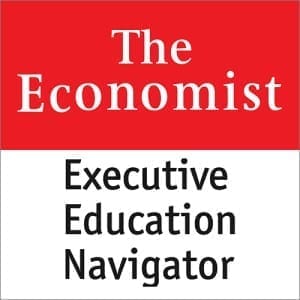It’s one thing to rationally explain your organisation’s purpose but quite another to fully translate that purpose so that employees throughout the company can connect emotionally to your mission and strategy.
Lacking an alignment of stated values and lived reality, an entire organisation may suffer. In the words of management strategy author Patrick M. Lencioni, “Empty values statements create cynical and dispirited employees, alienate customers, and undermine managerial credibility.”
One potential tactic is to create a corporate social responsibility department. In practice, though, these units often become siloed, and the the work they do may not ever enter the consciousness of the average employee. So how do you turn a bulleted list of core values on a webpage or PowerPoint slide into everyday behaviours that fully embody the values you’ve set forth?
One technique being embraced by socially conscious, values-based organisations is immersive, intercultural off-site experiences.
More than a mission statement
“Get out of the office,” says Annemarie de Jong, a partner with the Netherlands-based leadership consultancy Better Future. “But don’t just hold a retreat at some anonymous corporate venue in the woods. It should take you and your team far beyond the confines of your everyday context, where you can get to know your customers, partners and contractors while tackling real-life social challenges and make an immediate positive impact.”
De Jong’s group does this by taking leaders and their teams on multi-day, immersive “journeys” to locations around the world – an approach based on the research of Dr. Otto Scharmer, a Senior Lecturer at MIT’s Sloan School of Management and co-founder of the Presencing Institute. “We take teams to places where they can get a direct sense of the effect their work has on others. For instance, we might take investment bankers to the countries where their money is being put to use, and put them to work on real-world business challenges with their local client counterparts.”
By coming to understand customers and partners as people and not just personas, by immersing themselves in the social scenarios impacted by their work, the executives who go on these journeys come to embody the values leading their organisations. Immersion experiences abroad also usually include homestays with local families, so that both parties can experience each other holistically, in both public and private environments.
Micro-immersion alternatives
De Jong generally organises week-long journeys for clients, but not all budgets are up for the bill. Managers looking to stay lean can still foster transformational experiences with as little as a single day of good actions close to home. For example, the managers from your construction company could spend a day volunteering in a soup kitchen frequented by the people who will be living in the low-cost housing they’re building.
One last tip that de Jong has for any organisation setting up immersive social challenges for employees is this: if the immersion is only available to a limited number of individuals – say, senior executives – make sure to equip them with the tools to transmit some of their core learnings to the teams they oversee. “The impact of the experience is exponential,” she says, “when those involved act as catalysts for change back in the office.”
Laura Montgomery is a higher-education expert who blogs for The Economist Careers Network




































